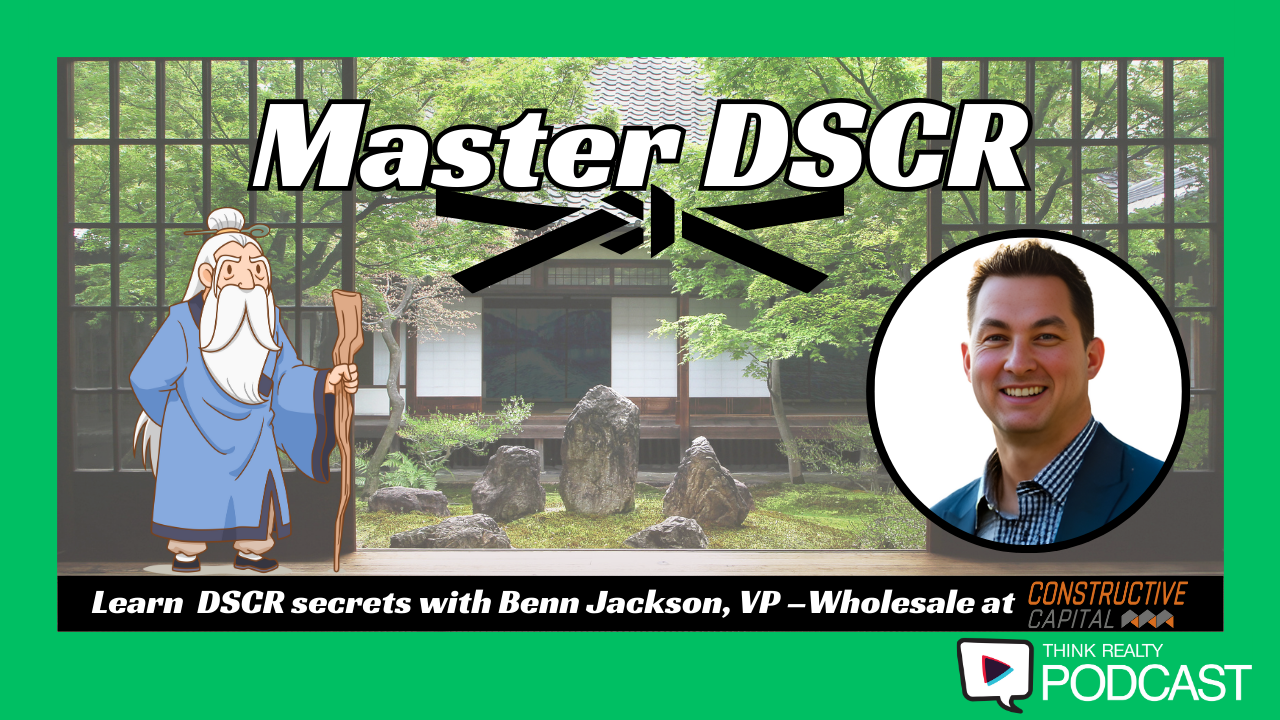Struggling with a disconnected, disengaged team? Get back on track with time-tested advice and the latest research.
Have you ever been part of a “team” that was anything but?
Maybe it was a study group back in high school. The building committee at church. The board of your homeowner’s association.
Or—and this is where it might get a little painful—perhaps you’ve suffered from lackluster teamwork in your own business.
Each story is a little different, but when teams aren’t clicking, the trouble usually stems from a few root causes:
- Nobody knew exactly what they were supposed to do, or even what the team itself was trying to achieve.
- A few team members dominated the discussion, so other viewpoints weren’t heard.
- Some people didn’t do their job, or they did it carelessly.
- The group couldn’t get along. They bottled up disagreements, refused to communicate and simply didn’t trust each other.
So, what can you do about it? What are the trademarks of a healthy, productive team—and how can you put them to work in your lending and real estate business?
The Life Cycle of a Typical Team
As it turns out, most teams go through the exact same growing pains.
In 1965, psychologist Bruce Tuckman introduced the ideal “life cycle” of a team—Tuckman’s theory of group development. It’s made up of five phases: forming, storming, norming, performing and adjourning.
Over the years, Tuckman’s theory has become one of the best-known models for developing and leading teams. Here’s what should happen at each stage:
Forming // This is where it all begins, where your team outlines its goals and the timeline it’s working against. It’s also where individual team members start forming relationships and learning about each other’s skills and personalities. There’s not much conflict because everyone’s still feeling each other out and being polite.
At this point, it’s important for the leader (i.e., you) to provide structure and direction. Explain the team’s goals, assign tasks, introduce rules and be an example of the kind of behavior you want to see from the group. Experts also recommend getting more familiar with your team members’ skills and desires. What do they want to achieve?
Storming // The second stage is what happens “after the honeymoon.” Team members now know each other better—and that includes their annoying habits and personality quirks. They’re also starting to voice their own opposing opinions. You might also see some jockeying for position and authority, even if it means challenging yours.
See why they call it “storming”? It’s the most dangerous stage of a team’s development.
Your leadership is critical here. Hear your people out when they have frustrations or feedback for improving things, and be willing to adopt their ideas when it makes sense. You’ll also need to coach your team through conflicts and “lower the temperature” during disagreements.
Norming // The group starts gaining momentum. Team members might not love everything about their co-workers, but they’re also more aware of the other person’s strengths, so they can respect and tolerate differences. Everyone starts focusing on the group’s goals.
You’re still an important part of the team, but you’re doing more coordination and delegation. Your individual team members are shouldering more responsibility.
Performing // This is what every leader wants: the team is executing its mission at optimum efficiency, usually without the need for a lot of supervision. If there are conflicts, they’re usually resolved without a lot of fuss.
One warning: Don’t get too comfortable. It’s important to keep an eye on team dynamics for any signs of slipping back into earlier stages. Backsliding happens, especially if employees are leaving or joining the group.
Adjourning // Everything ends, including highly effective teams. As your team finishes its work, celebrate their contributions, and look back at everything you learned along the way. What wisdom will you take with you to your next team?
Let ‘Em Talk: Why Communication Is Crucial
Encourage your team members to talk to each other, and you could end up boosting their job performance, according to a recent study from the University of California, Santa Barbara.
As part of the study, teams of four were asked to complete a series of tasks in one hour. Researchers rated their performance and then looked at how well each team’s members communicated with each other.
High-performing teams chatted with each other often and early. And it helped that individuals had the ability to communicate directly with each other, without going through an intermediary. Tools like Slack (slack.com) are one way employers can encourage this.
One caveat: It’s not clear if good communication caused high performance, or if high-performing teams simply did a better job of staying in touch.
“Figuring out the true causal relationship between collaboration dynamics and performance outcomes is probably the biggest [question in] future work,” said Victor Amelkin, the study’s lead author.
The Truth About Team-Building
Getting your team members familiar with each other can be a good thing—up to a point.
That’s the takeaway from research generated by the University of Connecticut. Professors studied team productivity at a supply chain company that operates in 10 different countries.
Because so much business is done internationally, more companies are relying on “virtual teams” that live in different time zones and may never set foot in the same building.
Virtual teams can often feel disconnected, and they don’t do as well with complex projects as teams that meet in person.
The UConn team wanted to see if greater levels of familiarity could help virtual teams overcome that disadvantage. So, the researchers surveyed more than 360 employees from 68 teams about their co-workers. Questions covered their colleagues’ competencies, reputation, hobbies, family, attention to detail, likes and dislikes, and more.
Then the research team looked at how productive each team was, using self-evaluations from the survey respondents and ratings from their managers.
The most productive teams tended to know a lot about each other professionally. For example, they might know if one co-worker had special training or was especially skilled at a certain task.
“We want teams that function well and are efficient,” said John Mathieu, a UConn professor. “We found that those that were professionally familiar did well.”
But knowing a lot of personal information about your team? It didn’t really move the needle.
If anything, researchers warned, becoming overly familiar could be a drawback. Team members might fail to hold each other accountable for their work if they view each other as friends first.
The 5 Essential Ingredients of Effective Teams
A couple of years ago, Google decided to ask itself an important question: “What makes an effective team at Google?” What its researchers learned could benefit your team, too.
Project Aristotle—named for the philosopher’s belief in the “whole being greater than the sum of its parts”—studied more than 180 internal teams, completed hundreds of interviews and built 35 statistical models as part of the effort.
The No. 1 simply-must-have ingredient for an effective team? Psychological safety. Or, as Google defined it, “a shared belief held by members of a team that the team is safe for interpersonal risk-taking.”
It means that mistakes won’t be held against a person. That it’s possible to ask team members for help. And that it’s OK to take risks or express opinions without being undermined or rejected for being different.
Effective teams are also dependable–everyone’s pulling their weight. They have structure and clarity, so everyone knows what they’re supposed to be doing. Individual members also feel confident their work is making an impact on the team’s goals. And they’re able to find personal meaning in their role, whether it’s as a vehicle for using their talents or simply making enough money to be self-sufficient.
You can boil it down to five questions, Google’s team reported:
- Can we, as a team, take a risk without feeling insecure or embarrassed?
- Can we count on each other to deliver high-quality results on time?
- Are our goals, roles and execution plans clear?
- Are we working on something that is personally meaningful to each of us?
- Do we fundamentally believe that the work that we’re doing matters?
If you get a “yes” to each of those questions—not just from yourself, but your team members, too—then you’re in great shape.
Most of us, though, have room for growth. Google has provided a list of recommendations as part of Project Aristotle, which you can find at www.bit.ly/2hIMC2y.
Is it difficult to build an effective team? Frustrating? Absolutely!
Just remember: As an entrepreneur—as a human being—you’ll accomplish so much more with the support and encouragement of other people. Keep learning, and keep trying. The energy you invest in teamwork will pay off.











Leave A Comment